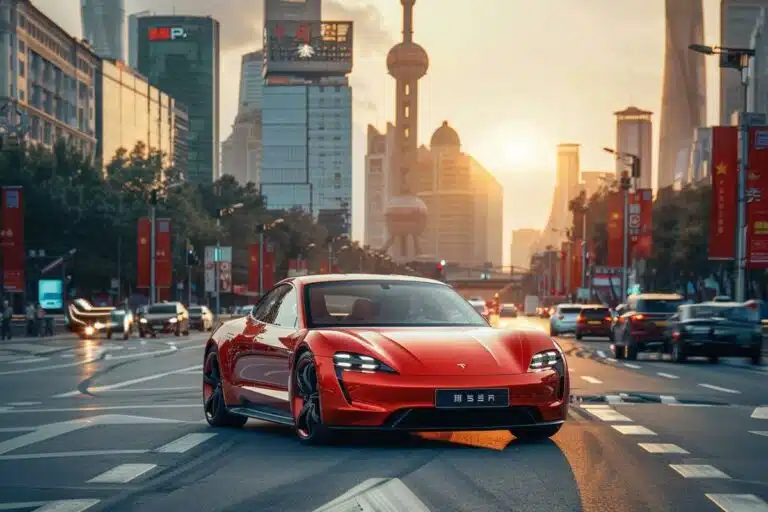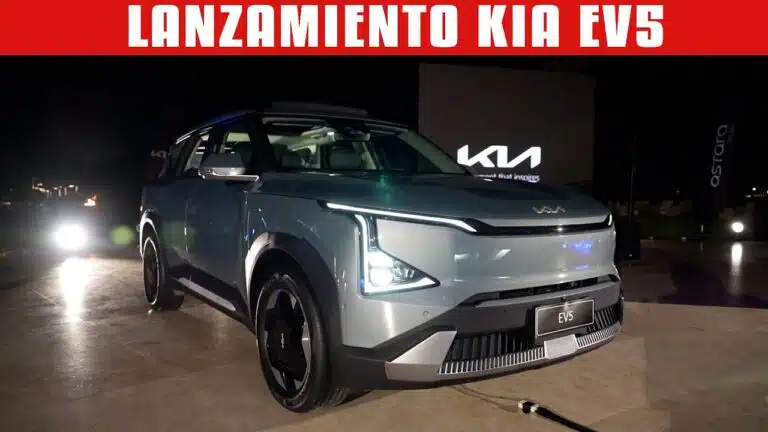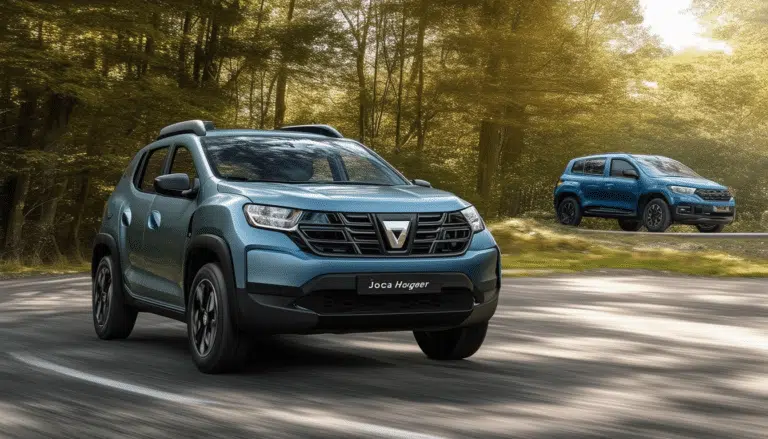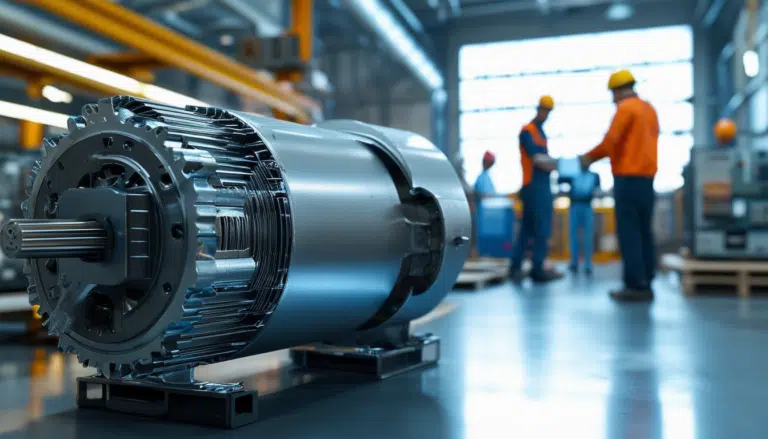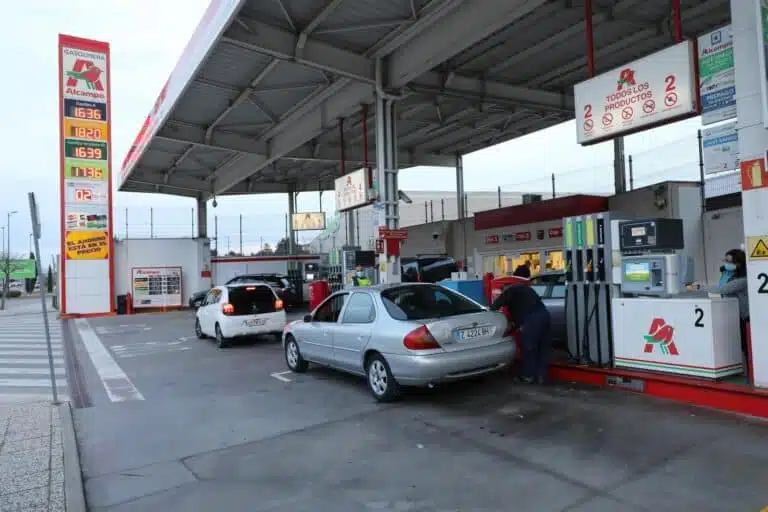What is the Power Unit, what elements make it up and how does it work
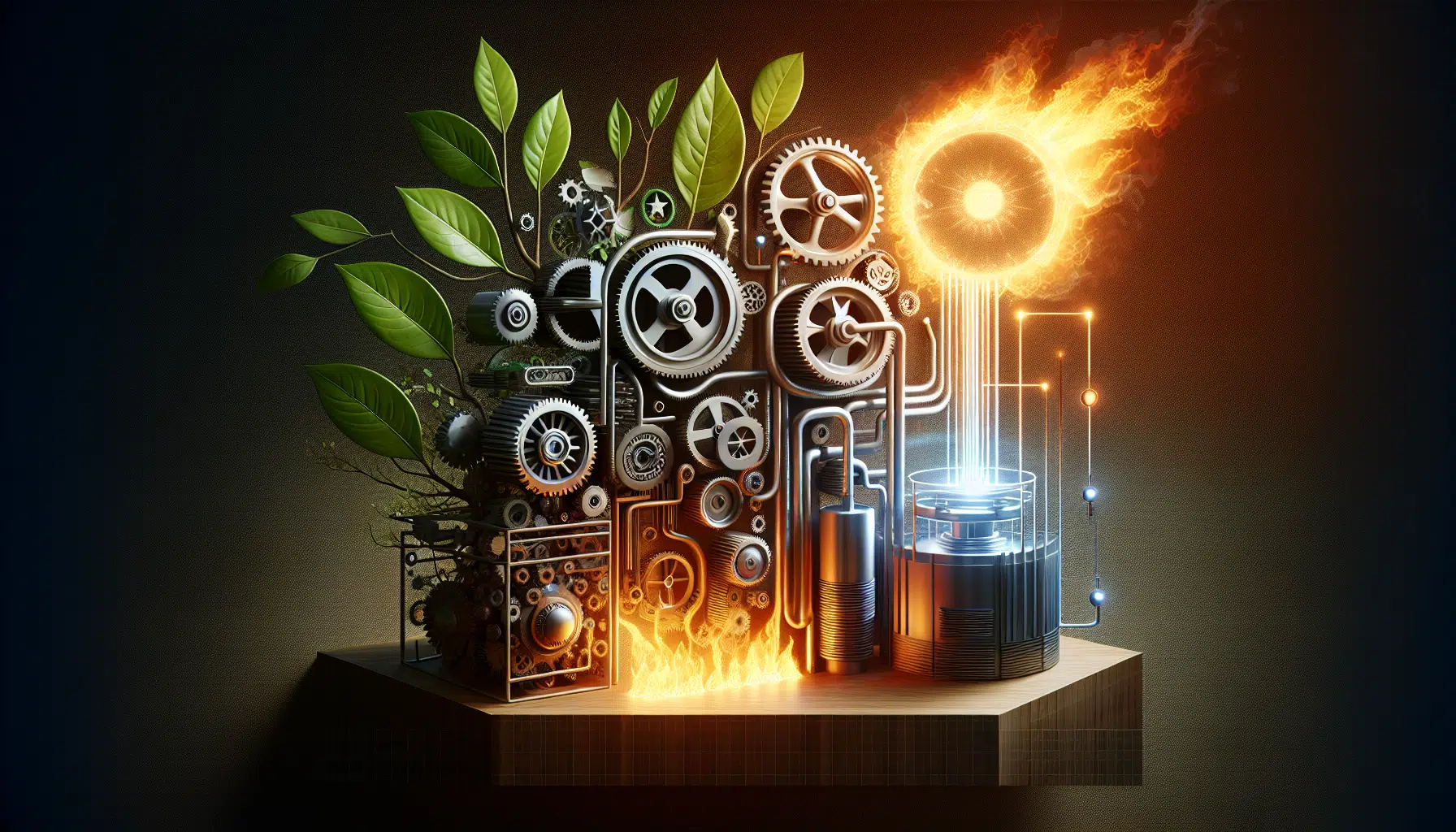
In the fascinating world of modern vehicles, the Power Unit stands as the heart that drives innovation and efficiency. Let’s discover together what it is exactly, what components constitute it, and how this key piece in automotive engineering works. Get ready to dive into a detailed explanation that will help you better understand the technological wonders that govern the performance of today’s cars.
Components and Structure of the Power Unit
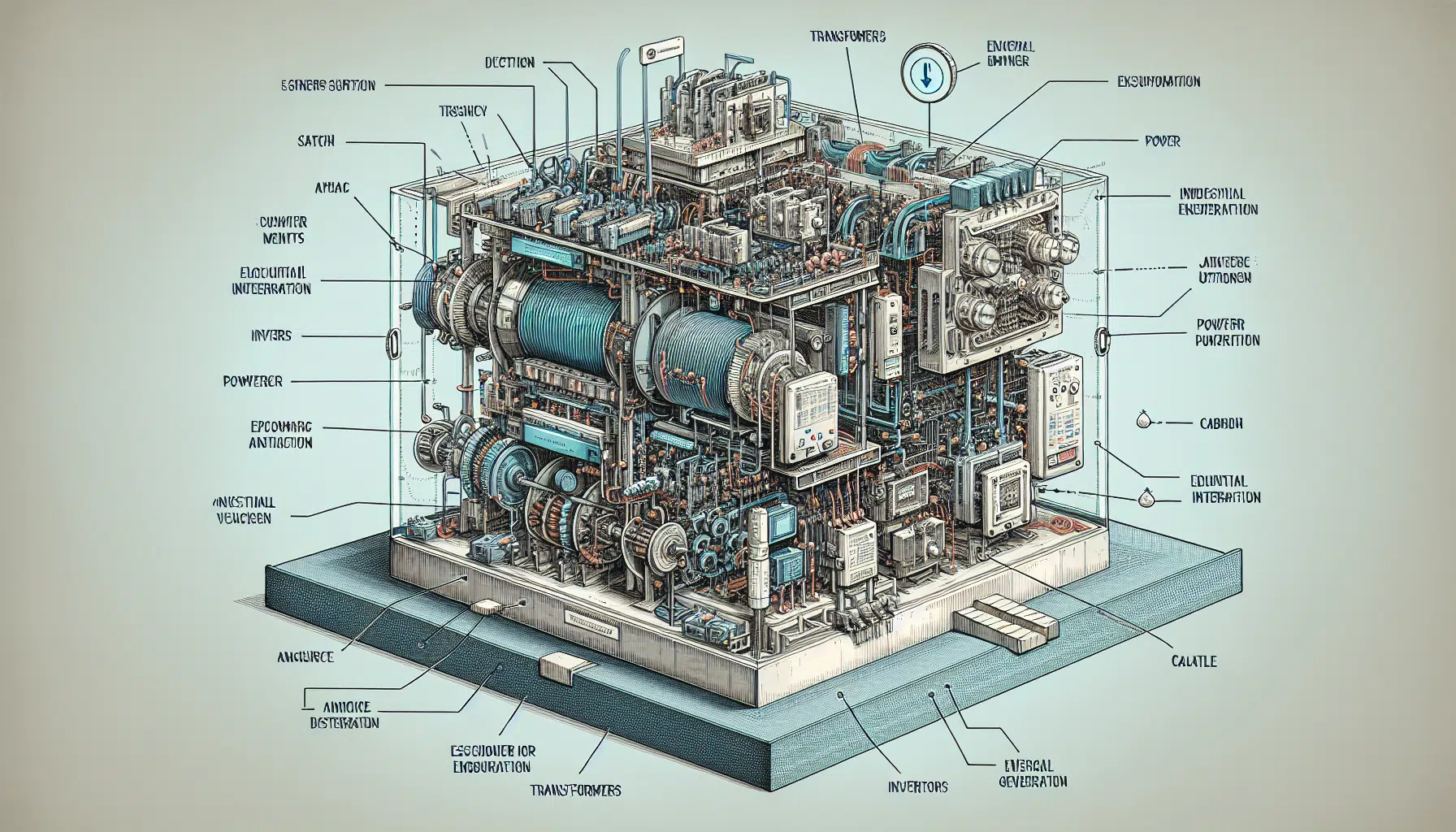
The power unit is a crucial element in various systems, from vehicles to industrial facilities. This essential component is responsible for generating and distributing the energy needed for the operation of various devices and machines. Below, we will explore its main components and its overall structure.
Main Components of the Power Unit
A typical power unit is composed of several essential components that work together in coordination. The most notable include the main engine, which can be of different types depending on the energy source: electric, diesel, or gasoline. Additionally, we find the generator or alternator, which is responsible for converting mechanical energy into electrical energy, and the control systems that regulate the operation of the entire unit to ensure efficient and safe operation.
- Engine: It is the heart of the power unit, responsible for generating the driving force.
- Generator or alternator: Converts mechanical energy into electrical energy, vital for processes that depend on electricity.
- Control systems: These systems include regulators, switches, and sensors that automatically manage the operation of the unit.
Structure of the Power Unit
The structure of a power unit is designed to optimize performance and ensure reliability. Generally, this structure includes a base that supports all the components, cooling systems to manage the heat generated, and electrical connections that distribute the energy produced. The integration of these elements must allow easy access for maintenance and repairs, in addition to ensuring maximum energy efficiency.
Importance of Efficiency and Sustainability
In the current context, where energy efficiency and sustainability are becoming increasingly important, power units are subject to constant innovations that seek to reduce energy consumption and pollutant emissions. Systems like the Optim SVG+M assist in optimizing the management and quality of electrical energy, which is crucial for minimizing energy losses in industrial environments.
Applications of the Power Unit
Power units are not only fundamental in industrial sectors, but they are also critical in hospitals, power plants, and electric vehicles, among others. Their ability to provide energy continuously and reliably is vital for the operation of critical systems in almost all areas of human activity.
In summary, power units are essential components that require meticulous attention regarding their design, components, and implementation. Moving towards more eco-friendly and efficient models is not only beneficial for businesses but for society as a whole.
Operation and Performance of the Power Unit
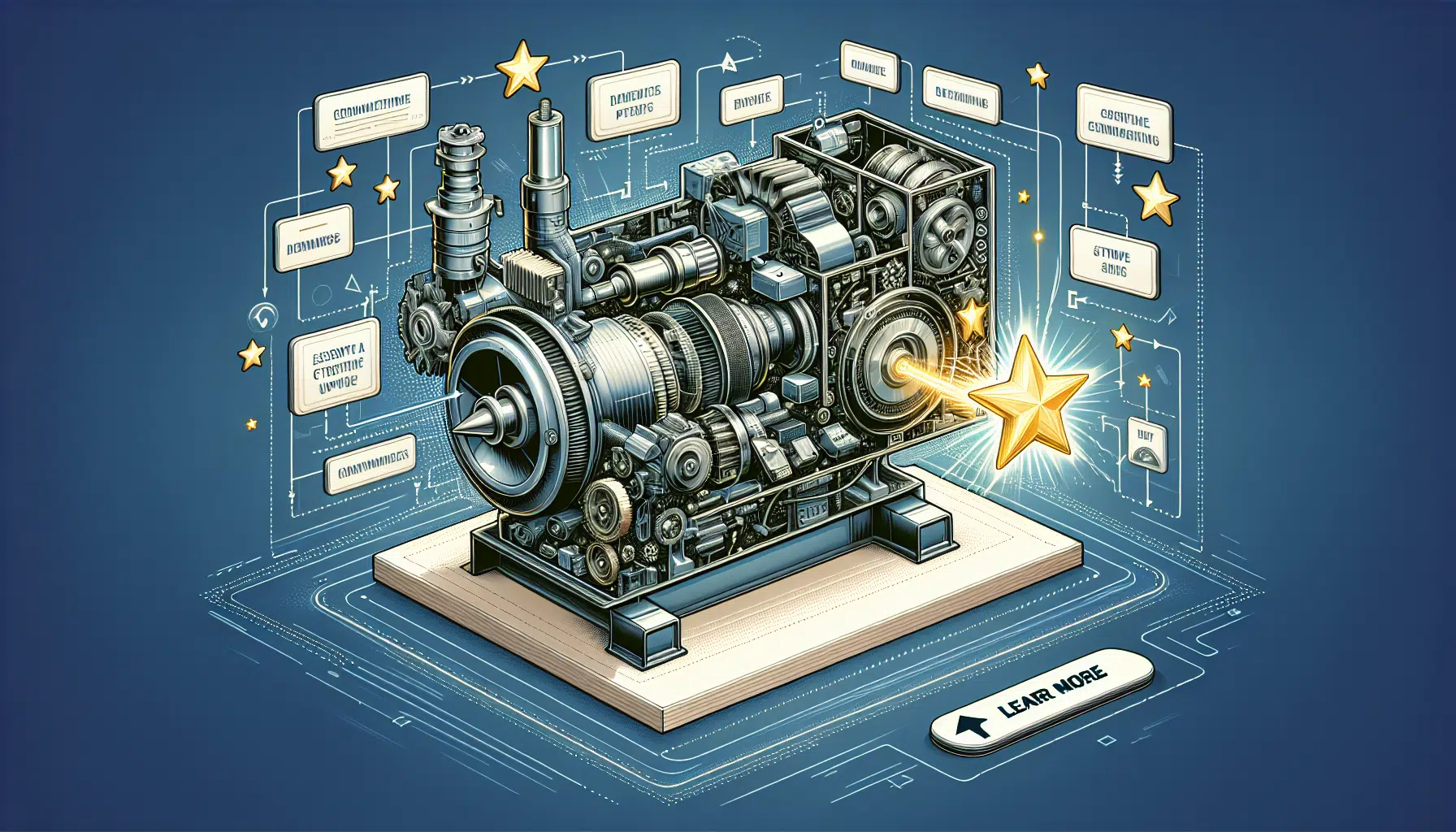
The Power Unit is an essential component in various industrial, vehicular, and technological applications. Its main function is to convert different types of energy into the power necessary to operate systems and machines. To better understand its operations, we will begin by exploring the different types of power units and their functions.
Types of Power Units and Their Applications
There are several types of power units, each designed for a specific application. For example, electric power units, which convert electrical energy into mechanical energy, are fundamental in the electric automotive sector. Hydraulic power units, on the other hand, are widely used in heavy machinery due to their efficiency in transmitting forces on a large scale.
Another relevant type is the auxiliary power unit (APU), which provides energy to additional systems without the need to be connected to the main power source of the vehicle or infrastructure. This is especially useful in military vehicles and airplanes, where autonomy and versatility are critical.
Principles of Operation of Power Units
The basic operation of a power unit involves the conversion of one form of energy into another. In the case of electric units, electrical power is converted into mechanical energy. This process is crucial in devices like heat pumps or electric motors. This phenomenon is generally measured in terms of efficiency, with reference indicators like COP and EER for heating and cooling devices.
As for hydraulic units, their operation is based on the transmission of energy through a fluid, generally oil, under pressure. This system allows for smooth operation and precise control of heavy machinery and is vital for construction and manufacturing.
Technological Advances in Power Units
Technological evolution has allowed the development of much more efficient and eco-friendly power units. For example, in the electric vehicle sector, advancements have enabled the integration of motors with wheels included, simplifying design and improving vehicle efficiency. The implementation of these innovations significantly contributes to performance and environmental sustainability.
Additionally, modern power units are increasingly integrated with cybersecurity systems to protect critical operations from tampering or external attacks, an essential aspect of mobility and energy infrastructure.
For those interested in exploring the impact and implementation of power units in large-scale systems, it is recommended to explore examples of large hydroelectric projects that incorporate these technologies, such as the Baihetan hydropower plant in China, one of the most ambitious projects of its kind.
Finally, it is important to consider that proper maintenance of power units is crucial to ensure their efficient operation and prolong their lifespan. Understanding the basic components, such as voltages in power supplies, is fundamental for any technician or engineer responsible for the care of these machines.

